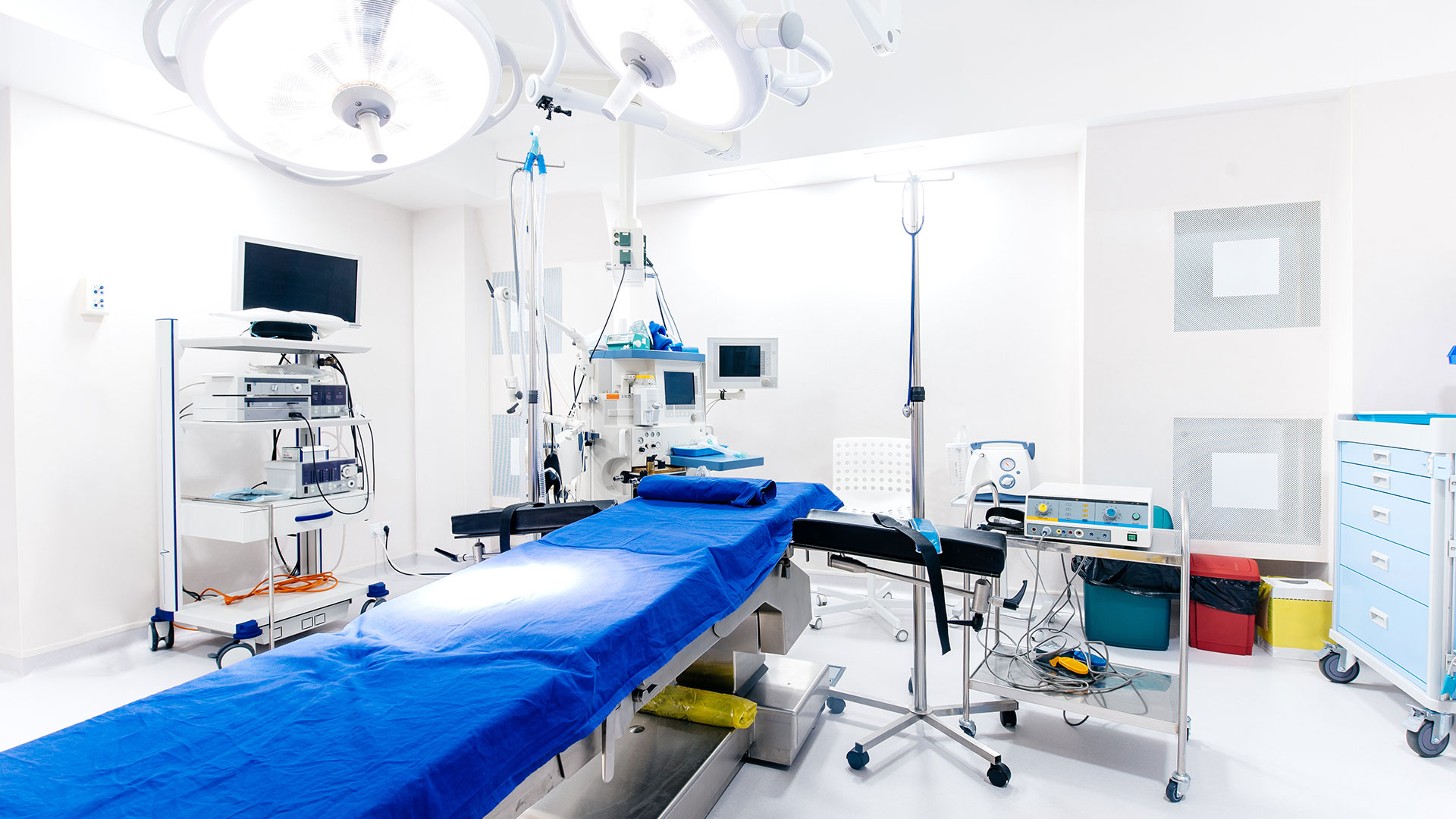Blog Post
Common Facility Management Headaches in Higher Education

College and university campuses are like living, breathing organisms — they grow and adapt based on new developments and opportunities. Students enroll, faculty members take on new positions and research initiatives, departments partner with outside organizations to bring special programs on campus, and alumni add their voices to campus conversations.
At the heart of all their hard work are the buildings that hold the campus together. The campus is constantly changing to keep up with student and staff demands. Keeping your facilities operational helps keep everyone comfortable while giving them the ability to focus on what’s important.
Furthermore, the role of facility managers working in higher education is becoming more complex. Even a medium-sized campus can contain hundreds of different buildings and equipment, each with specific repair and maintenance needs. Technicians need to keep critical equipment running smoothly, execute routine maintenance procedures in a timely fashion, and perform repairs with as little downtime as possible. Service disruptions and delayed repairs result in increased costs, not to mention complaints from faculty, students, and parents.
Complaints from Students and Parents
Technicians need to be familiar not only with the equipment they service, but also with how the equipment may impact other assets. Without an overall view of how assets interact, and what their coverage areas are, shutting down a single water line can have unintended negative effects downstream. This can lead to multiple asset failures, and possible asset losses. Ultimately this affects the performance of the building and the comfort of its occupants. Unsatisfied staff and students may lead to decreases in enrollment.
Make Scheduling More Manageable
Maintenance work in an educational facility has unique challenges, among them being the inconsistent student population. It’s far easier to schedule work during the summer, when students are on break, than in the middle of exam week. When the campus is full, maintenance work needs to be scheduled during off-hours so that it doesn’t impact classes. When engaging in preventive maintenance work, your technicians need to work quickly and accurately to minimize downtime and maximize performance.
Speed up the Training Process
The days of training new hires by having them tag along with more experienced workers are quickly coming to an end. Nowadays, the time to train is short and resources are already stretched thin. Dubbed the “silver tsunami”, subject matter experts who formerly took new hires under their wing are retiring at record rates. To get in front of this, you need a tool that captures the tribal knowledge that they possess so that new hires can review the notes and how-to videos recorded by those who know the ins and outs of every asset.
Don’t Let Changing Campus Demands Slow down your Operations
Each building on campus presents unique challenges. Technicians are called to perform maintenance in various environments, and what works in the classroom might not necessarily work in the cafeteria, the gym, the library, or the dorm. Why not invest in a solution that brings together asset data, documentation, and procedure details in one place? With the touch of a button or a voice command, a technician can instantly bring up the most up-to-date information on any building or asset.
Harness the Power of How
The QmodoAI solution assists your team helping them avoid these all-too-common headaches. Which model of HVAC unit is it? What does error code 10 mean on the boiler in the gym? These questions are what sends technicians scrambling to find answers from senior colleagues or even gathering untrusted information from YouTube. The results are longer downtimes, unhappy residents, and increased costs. With QmodoAI, you get immediate access to O&M manuals, building blueprints, safety protocols, repair procedures, and so much more. Your team will know what is happening and how to fix it quickly. In return, you get peace of mind, faster repairs, and fewer complaints.

